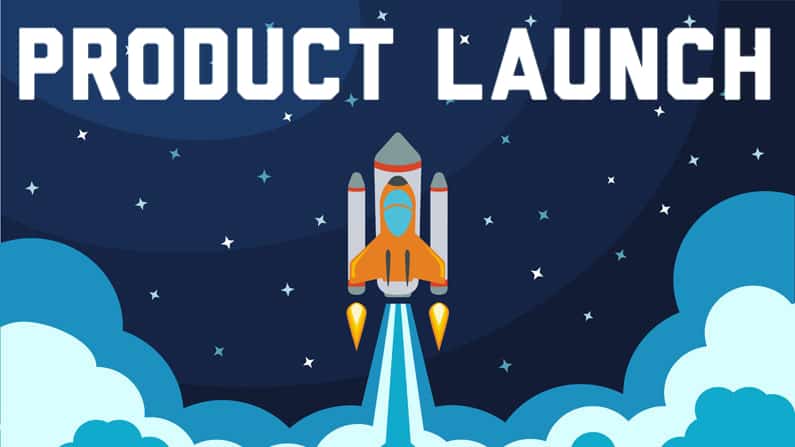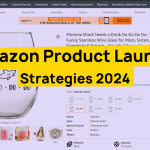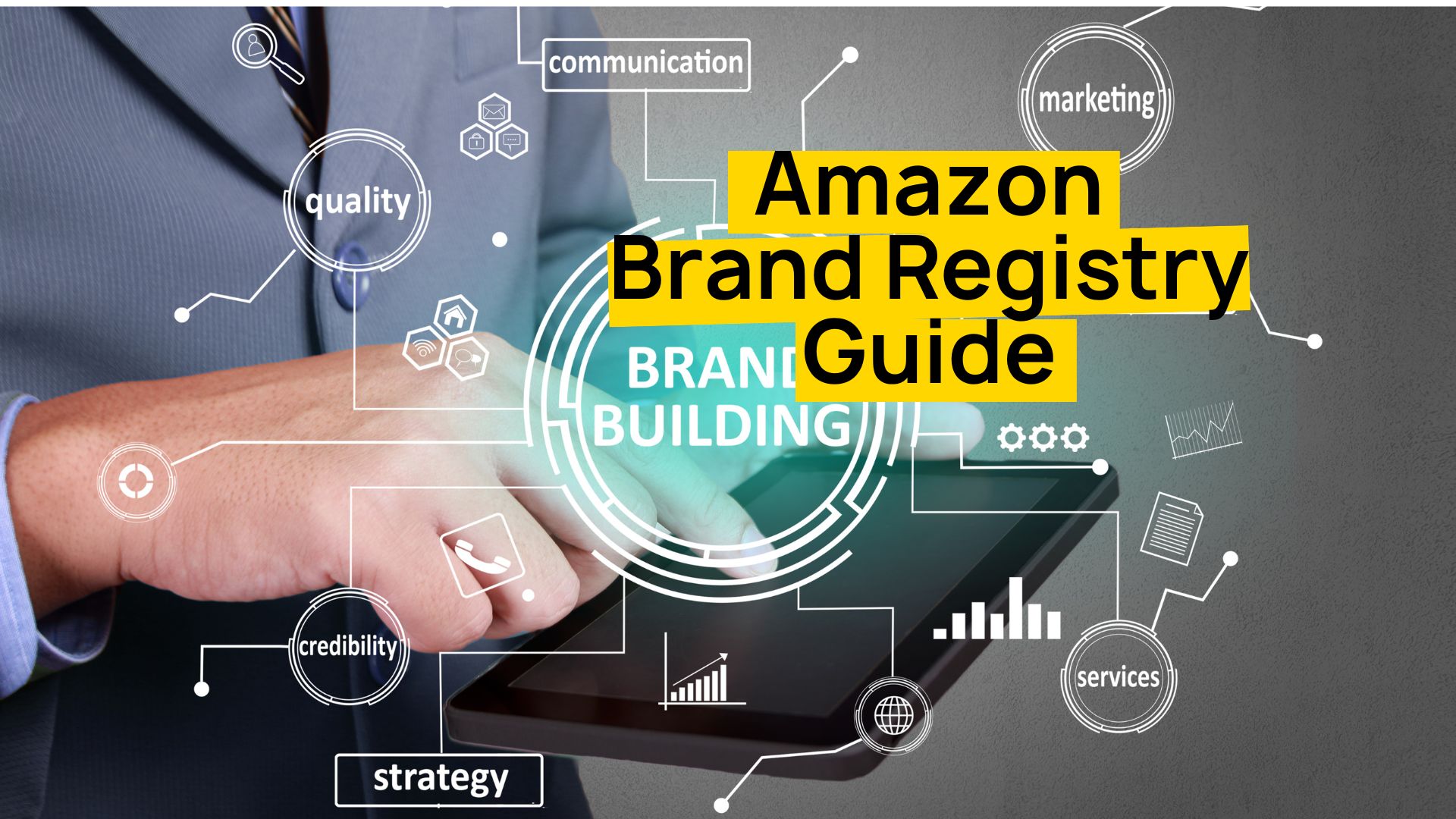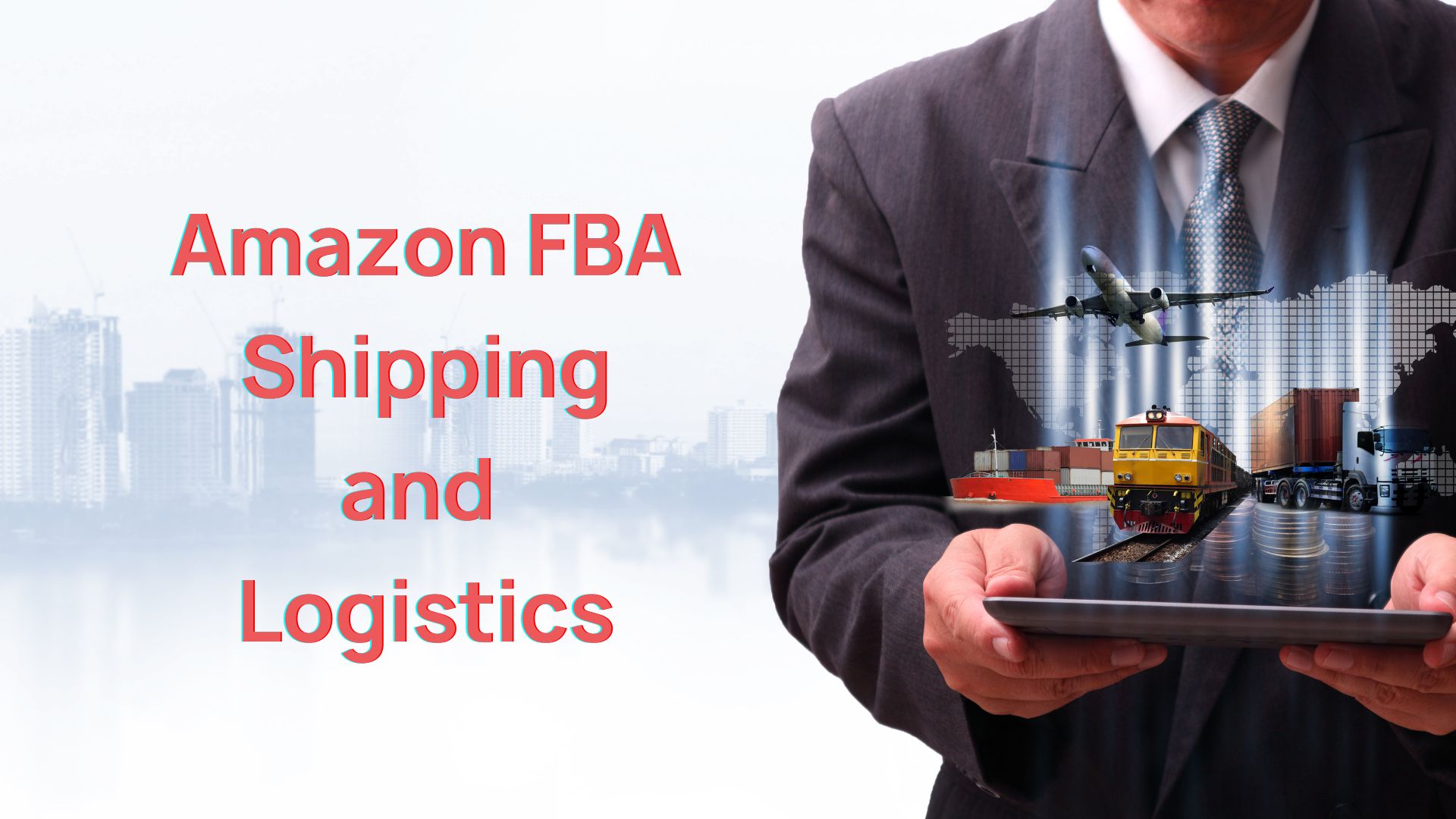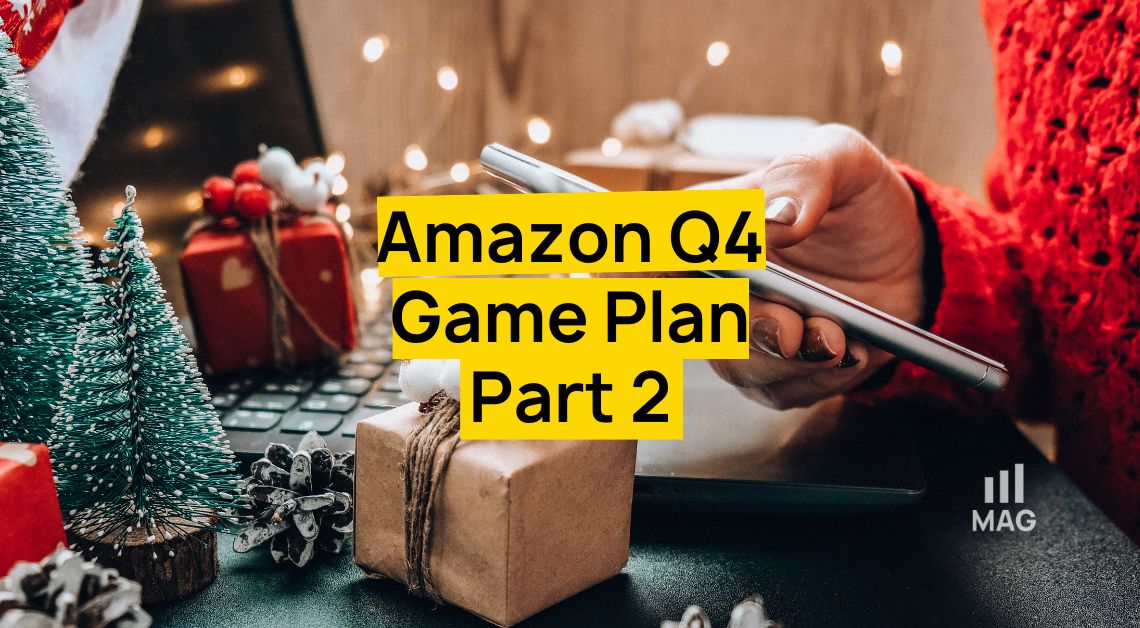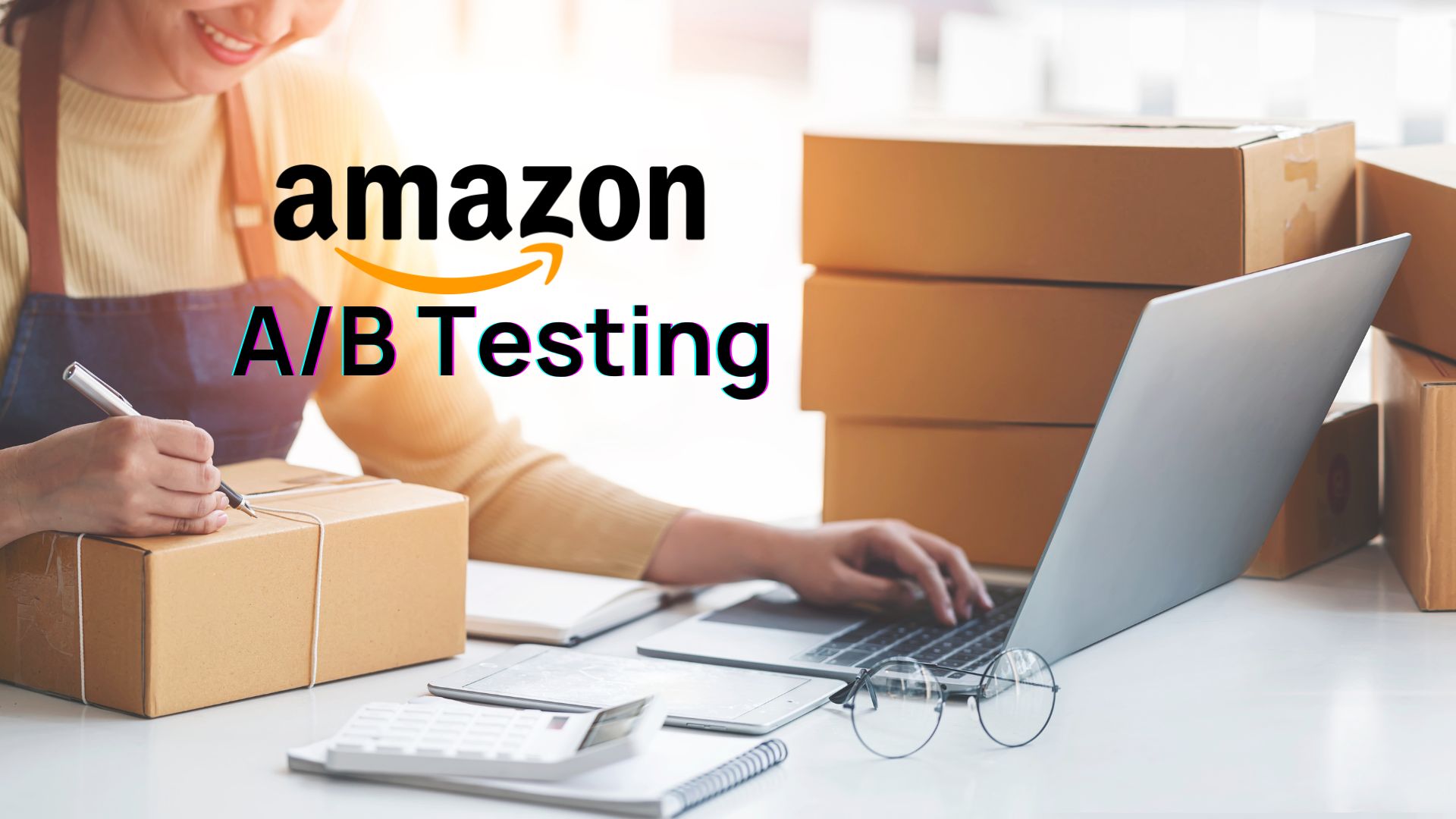Amazon – Launching a product targeting Conversion & Traffic
When you first launch a product on Amazon, whether you’re a private labeler, or a multi-million dollar corporation, there’s two things you should be focused on. Get traffic to Amazon, and convert that traffic. Getting traffic is harder, so I’m going to start with conversion first. I’ve launched thousands of skus over the past few years on Amazon, and each category is different. But the basic marketing 101 concepts of traffic and conversion are universal. This is a short straight to the point read, as you dive in and work on specific areas you will want to do further research. This is meant as a starting point overview.
Conversion:
Photos: 6+ photos of product. Most brick and mortar focused companies, or catalog companies, tend to provide a single photo of the product. This simply is not enough in today’s world. If you don’t have 6+ photos you are behind the curve. You should have a photo of the front, back, side, lifestyle, group photo of all products for potential upsell if you sell variations or similar products, close up of product in action (like an apple cutter cutting an apple close up shot of just the apple and cutter), label/ingredients if not easily seen on back.
Sometimes you don’t have the ability to get all these kinds of shots. Perhaps you only have access to a single photo and there’s nothing you can do about it. In these instances you can hire an affordable overseas graphic designer to make the image look different with liquids or effects. Such as this Fine Occasion Monogram Wine Glass. Here you’ll notice 5 photo options, all similar in shape and size but the image has different “wines” or aesthetics used on the glassware.
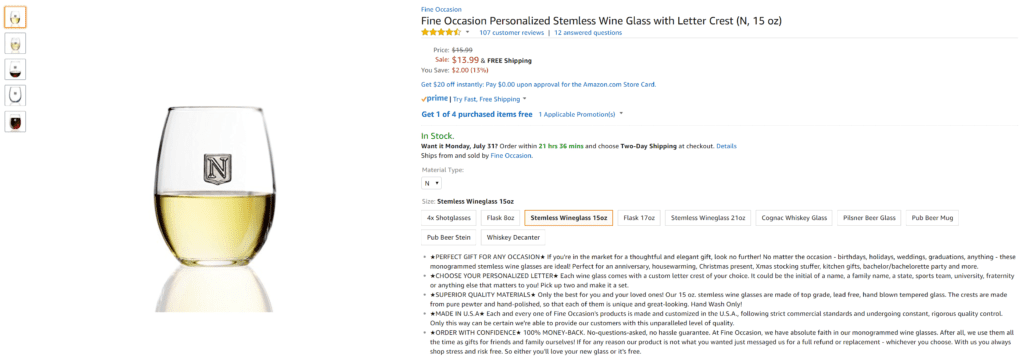
Reviews: Recommend getting 3-5 reviews on each product asap. Once you have that, future reviews will come organically. In a pinch, get some friends and family to buy your product on Amazon from their personal accounts and leave you a review.
Content: Spending time on bullet points is a must. Fleshing this out and the product description to really talk up the product, why it’s special, why people should buy it. This copy has to balance having a conversation with the consumer (most important) and putting in keywords to generate traffic (see below keywords section).
Traffic:
Amazon ads – Categories like beauty and technology have abnormally high PPC bids. Other categories will be more fortunate like home and goods. Depending on the competitive nature of your category I would recommend a strategy of break even on ads. Factor in all your costs and max your ad spend to break even on your products. That means your ACOS could be as high as 50% on many products. Typically more healthy at 25% but on launch especially you should be spending a lot on ads. If you have 1000 of something in stock at $25 a piece you should be spending at least $5,000 in the first month to launch this product. Every product will be different, but if you are weak in other areas this is the easiest one to do, it just requires you opening your wallet/budget.
Offsite traffic into Amazon – This is probably the hardest thing to do. But any off site traffic you can drive into Amazon will pay dividends. Recommend 2-3 month campaign to push people to Amazon through any means. Could be store traffic, emails to customer base you have (if applicable), sites like www.snagshout.com.
Keywords (SEO) – The title of your product is the most important thing you do. Be sure to be as descriptive as possible, but do not go too long or the Amazon brand guideline team will truncate your title without consulting you. When I first launched the Fine Occasion monogram wine glass I had about 20 words in the title. Amazon cut me down to 4 words and I had to fight to get it back to the 8 words it’s at today. Second fill in your bullet points. These should be super fleshed out. One technique I employ is to use caps on an important phrase at the beginning of the bullet point and then regular non caps copy that follows. This allows you to convert two different types of people. Someone who is making a decision to buy in under 30 seconds will only read the caps. Someone who spends 10 minutes will read all the copy. Third fill in keywords in the search terms field of the item editing. If you have a list of commonly used industry terms for each product, it is valuable to have. For instance, one person might call a product shaving cream, and another might call it shaving soap. Need your product knowledge to take advantage of things like that. Third writing rich copy with keywords in product description.
Any friends, family, or business connections you have that can make a purchase on your products will help lift the products off initial ground. Buying a product from your personal account, and getting others to do the same, will start your BSR sales velocity. I’d call this a guerrilla marketing tactic and it’s only good at the launch. Some sales are better than no sales for ranking consideration. In most categories there are just simply thousands of product alternatives and Amazon has no incentive to show your product without prior sales history in their organic rankings.
Distribution Control:
For the non-private labelers out there, ie people who sell at trade shows, wholesale, brick and mortar etc. You need to focus on more than traffic and conversion. Distribution control. Right now with the product fresh it could be tempting to allow other Amazon players. Especially since you may be slow to get your product into FBA and launch. I would recommend not allowing additional players to enter Amazon on your behalf however, as IMAP concerns, data issues, and other problems can surface. Having future partners sign an agreement that says they won’t sell on Amazon is advised. It will save you a headache down the road!
I’ll be making an appearance on Stephen Peterson’s Ecommerce Momentum podcast in August, 2017. Be on the lookout. One of the topics I cover is why you should acquire a business when entering a new market instead of doing it from scratch.



